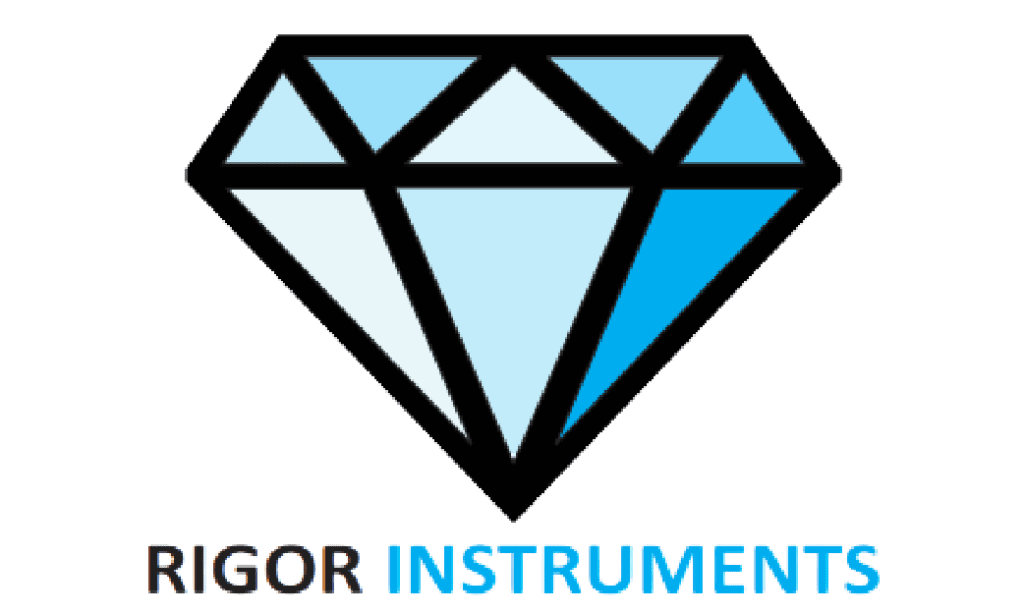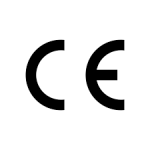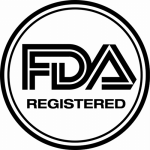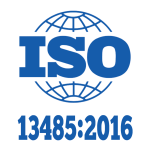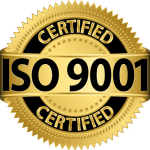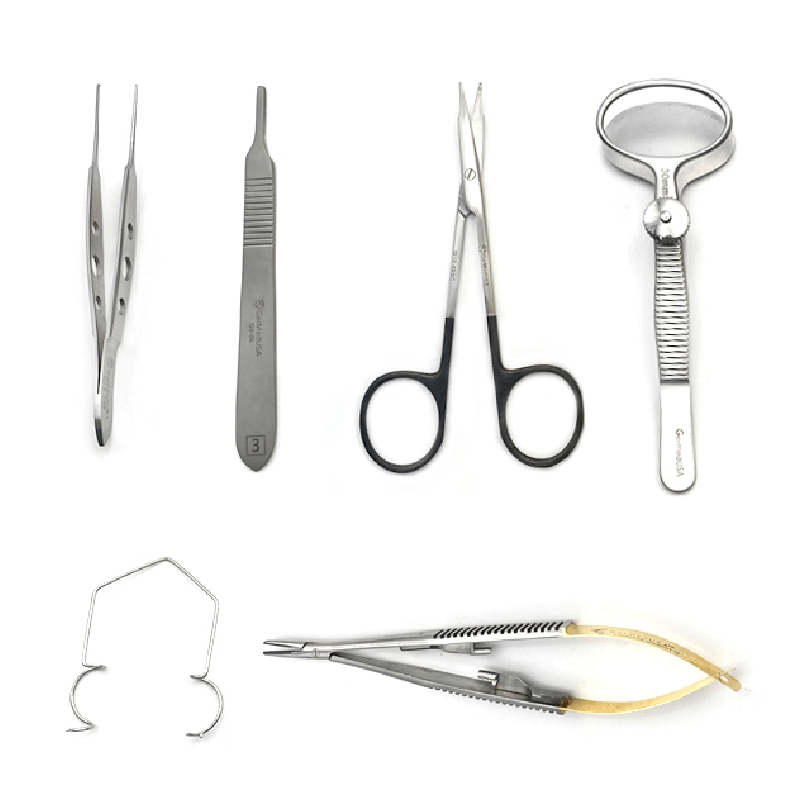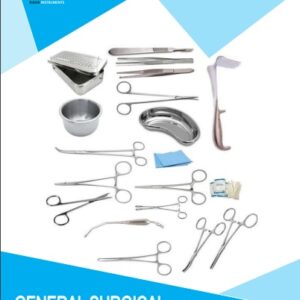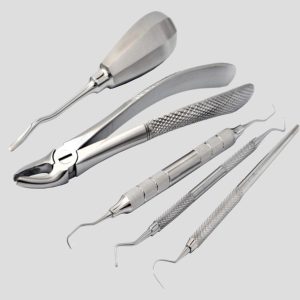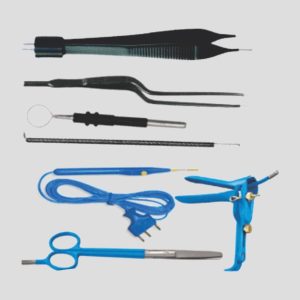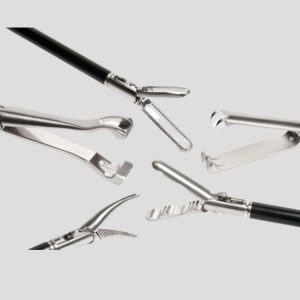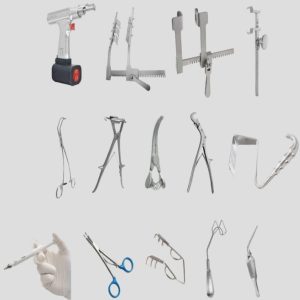The eyes are the most important sensory organs, and the prevalence of eye illnesses is the most common medical concern. Despite the generality of the diseases, remedies still need to be improved, even for professional specialists. The eyes are the most fragile portions of the body, and surgery on these delicate organs demands the utmost skill and attention to ensure success. In this regard, one should appreciate the invention of numerous ophthalmic instruments Pakistan, which have improved the success rate of eye procedures.
With these unique devices, eye specialists may swiftly diagnose abnormalities in one’s eyes. Plus, surgeons can perform thorough surgeries to correct the problem (if necessary). These requirements are mandatory and plays a major role in performing the accurate eye examinations. Doctors can use these eye devices to diagnose specific eye problems and treat unusual visual disorders accurately.
Five important ophthalmic instruments Pakistan used by ophthalmologists
The eye examination procedure necessitates the use of several tools and instruments. Ophthalmologists will use various medical equipment to examine different regions of the eye. Understanding this collection of equipment might help a patient relax during an exam or an ophthalmology student become more comfortable with the instruments. Ophthalmologists employ five primary tools and instruments.
Eye Chart
All eye doctors utilize two main types of eye charts which are the Sloan and Snellen models. Snellen eye chart model are yet commonly available even in the workplaces. The patient will read down the line from a distance until the letters become unreadable. It assists the eye doctor in determining which prescription lenses will best suit the client.
Phoropter
Which gadget evaluates refractive error, allowing the doctor to test and select the best prescription lenses for the patient? That would be a phoropter. Anyone who has had an eye exam previously has used this tool. The doctor will place it in front of the patient and alter the lens strengths, asking which lens helps them to see best. The subject will then respond by telling the doctor which lens was more transparent.
Tonometer
The tonometer is a tools available to measure the eye’s intraocular pressure (IOP). They don’t require much maintenance; replace the disposable tip coverings after conducting a test. Tonometry tests come in various formats, including indentation tonometry with a Tono-pen and air puff tonometer. Maintain a consistent schedule for tonometry exams. They aid in detecting internal eye pressure and determining whether a patient is experiencing visual loss due to glaucoma-related optic nerve damage.
Retinoscope
Sometimes, patients cannot engage in the doctor’s A and B questions during the phoropter test. The ophthalmologist makes the use of retinoscope to measure refractive error. A light beam is direct into the eyes to examine the mobility of the retina. This will help the doctor in determining the appropriate prescription for their patient.
Ophthalmoscope
The eye doctor will inspect the interior of the eye with an ophthalmoscope. The built-in mirrors and light source give the ideal setting for the doctor to evaluate the retina thoroughly. Typically, the eye doctor will use dilating eye medications to get a better look into the eye’s inside.
Advantages and applications of ophthalmic diagnostic instruments
Different types of ophthalmic surgery instruments offer numerous advantages. And each of them is beneficial in the field of eye care. This technology is vital for detecting vision abnormalities early. Everything revolves around ensuring the diagnosis comes to an end correctly, and the patient gets the treatment as soon as possible. As a result, this is happening just by using cutting-edge imaging and diagnostic techniques. Doctors can identify possible abnormalities before they worsen by acquiring clear images of the eye’s structures. Early identification allows the necessary procedures which gives the patient the best care. This will result in better treatment outcomes and the preservation of vision.
Optical imaging equipment has a wide range of applications, making it suitable for usage in various ophthalmology settings. Doctors can examine multiple aspects of eye health, including general eye exams and more specific areas. This comprises glaucoma, retina, and cornea. Complete exams are more accessible, and problems across the entire area of ophthalmology can be identified and followed more effectively. Diagnostic technology for the eyes benefits patients, researchers, and practitioners. This technology provides doctors with valuable information about the problematic realm of eye health. Hence, this results in new medical information and better treatments for eye disorders. It offers financial support for ongoing research programs to help them learn more about eye issues and develop new therapies.
FAQs: More insights on using ophthalmic instruments
- What is the purpose of ophthalmology?
An ophthalmologist diagnoses and treats all eye illnesses, conducts eye surgery, and recommends and fits eyeglasses and contact lenses to correct visual issues.
- What equipment is used to measure ocular pressure?
Most ophthalmologists’ offices use “Goldmann application tonometry,” known as the “gold standard,” for measuring eye pressure. This test uses numbing drops to anesthetize the eyes.
- What exactly are ophthalmic scissors used for?
Eye scissors are used in ophthalmic procedures to dissect fragile tissues. They can also be utilized for diagnostic purposes. These scissors are made from surgical-grade German-forged stainless steel for added strength.
- What are the applications of ophthalmic gel?
This drug is used to treat dry and irritated eyes. Dry eyes are commonly caused by wind, sun, heating/air conditioning, computer use/reading, and some drugs.
- With which instrument vision is checked?
An ophthalmoscope is a device used to examine the internal tissues of the eye, particularly the retina.
- What are the applications of ophthalmic lubricants?
Eye lubricants keep the eyes moist, protect them from injury and infection, and alleviate dry eye symptoms like burning, itching, and the sensation that something is in the eye.
Conclusion
These eye types of equipment are essential for providing patients with the greatest comfort and convenience possible. The right use of this equipment makes the entire eye inspection process more successful and efficient. You can buy these tools in the superior quality by visiting Rigor Instruments, known as the well-known surgical items manufacturer in Pakistan.
For more details click https://rigorinstruments.com/ophthalmic-surgical-instruments/
